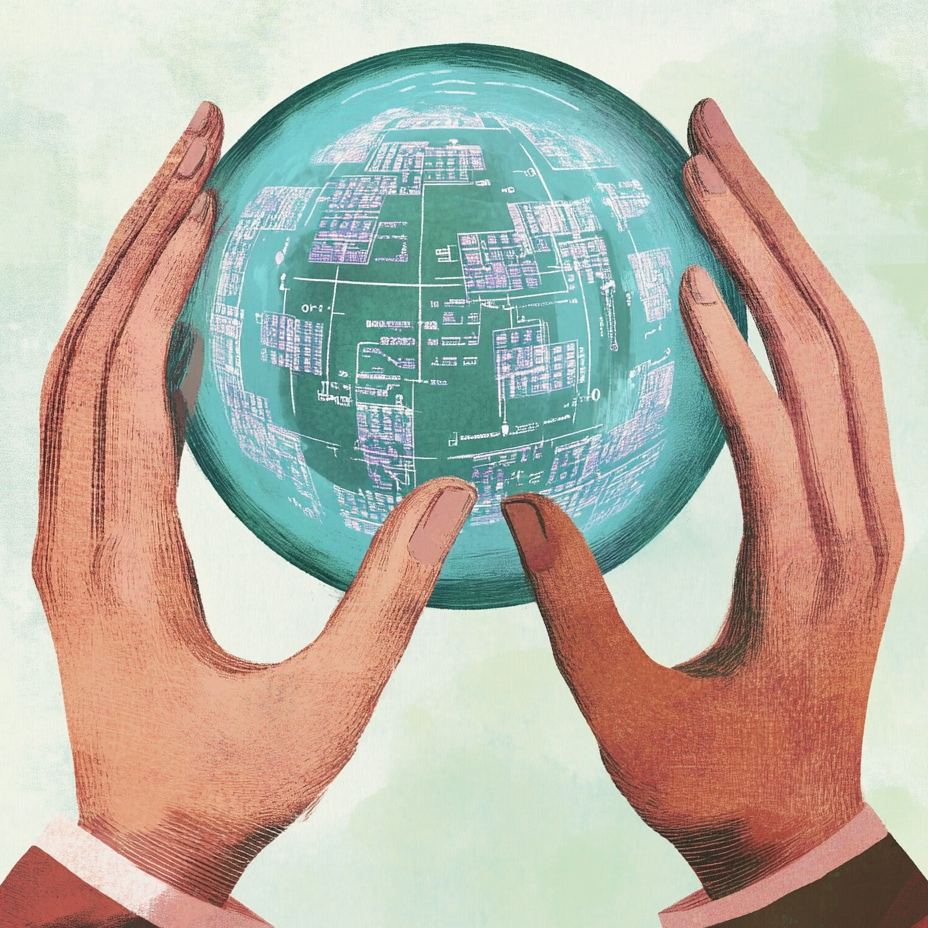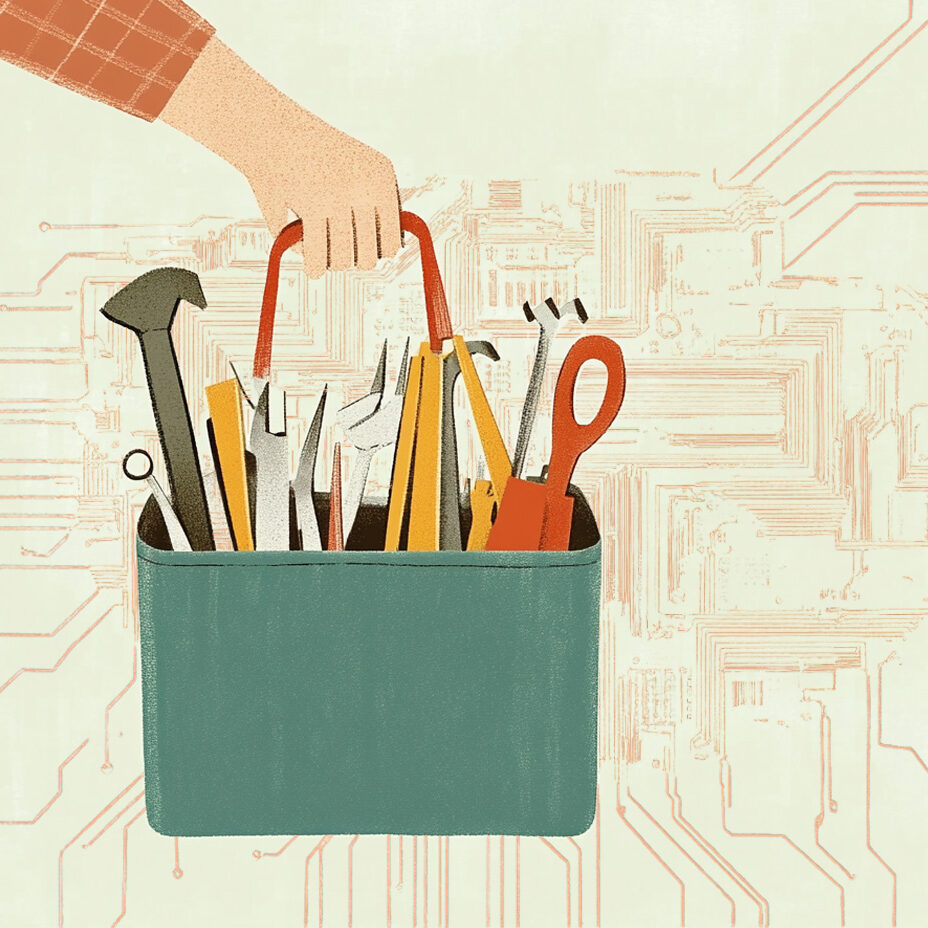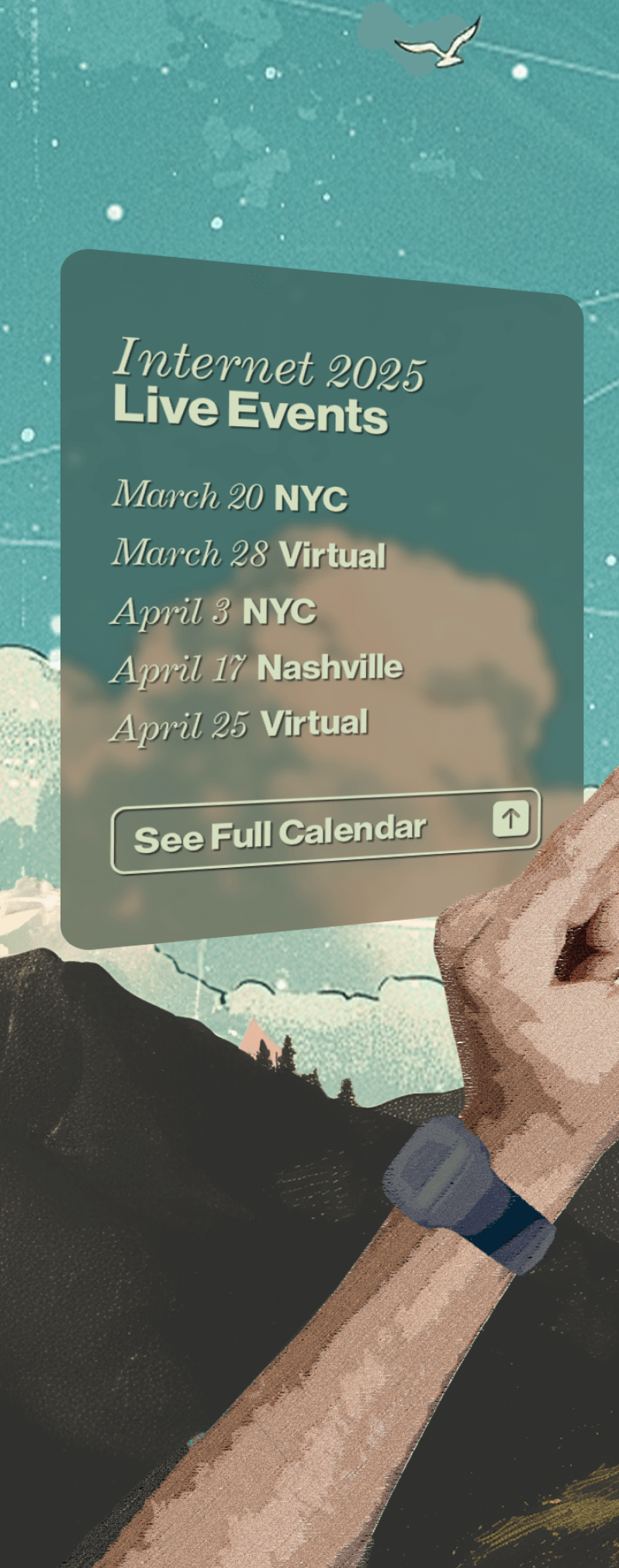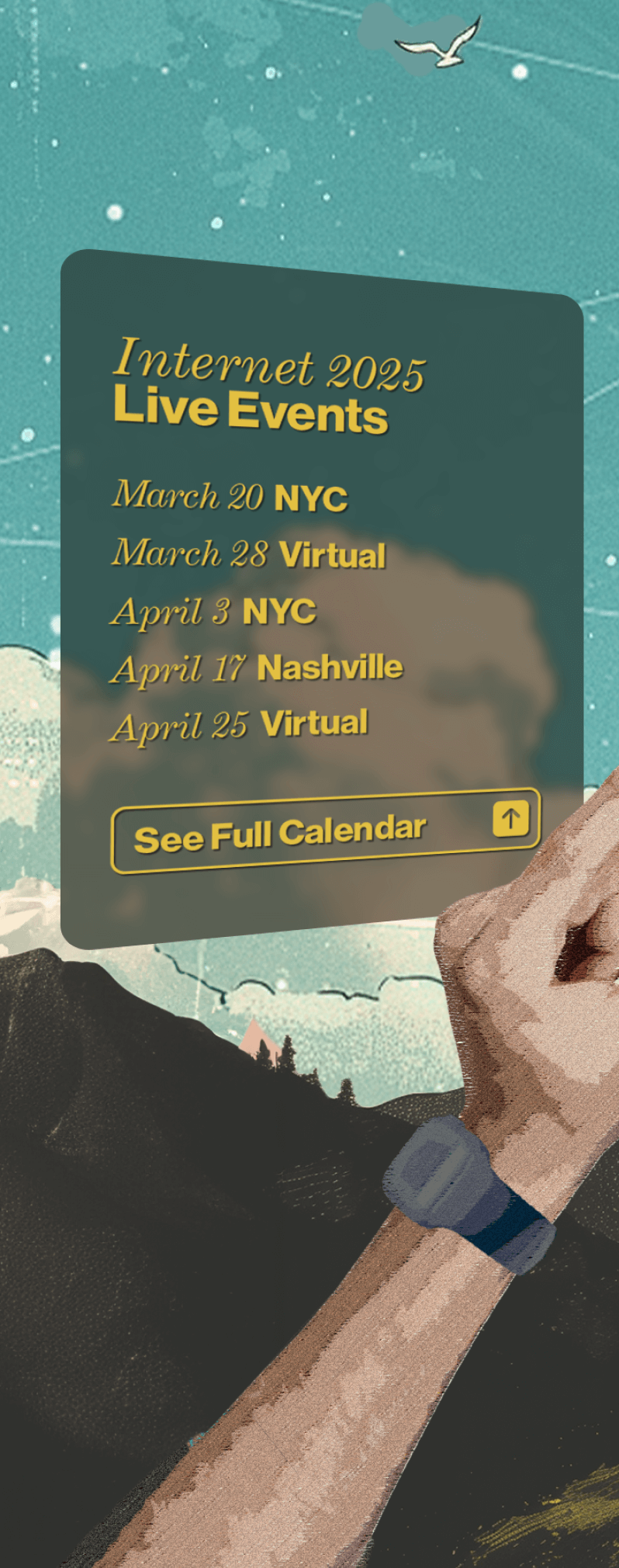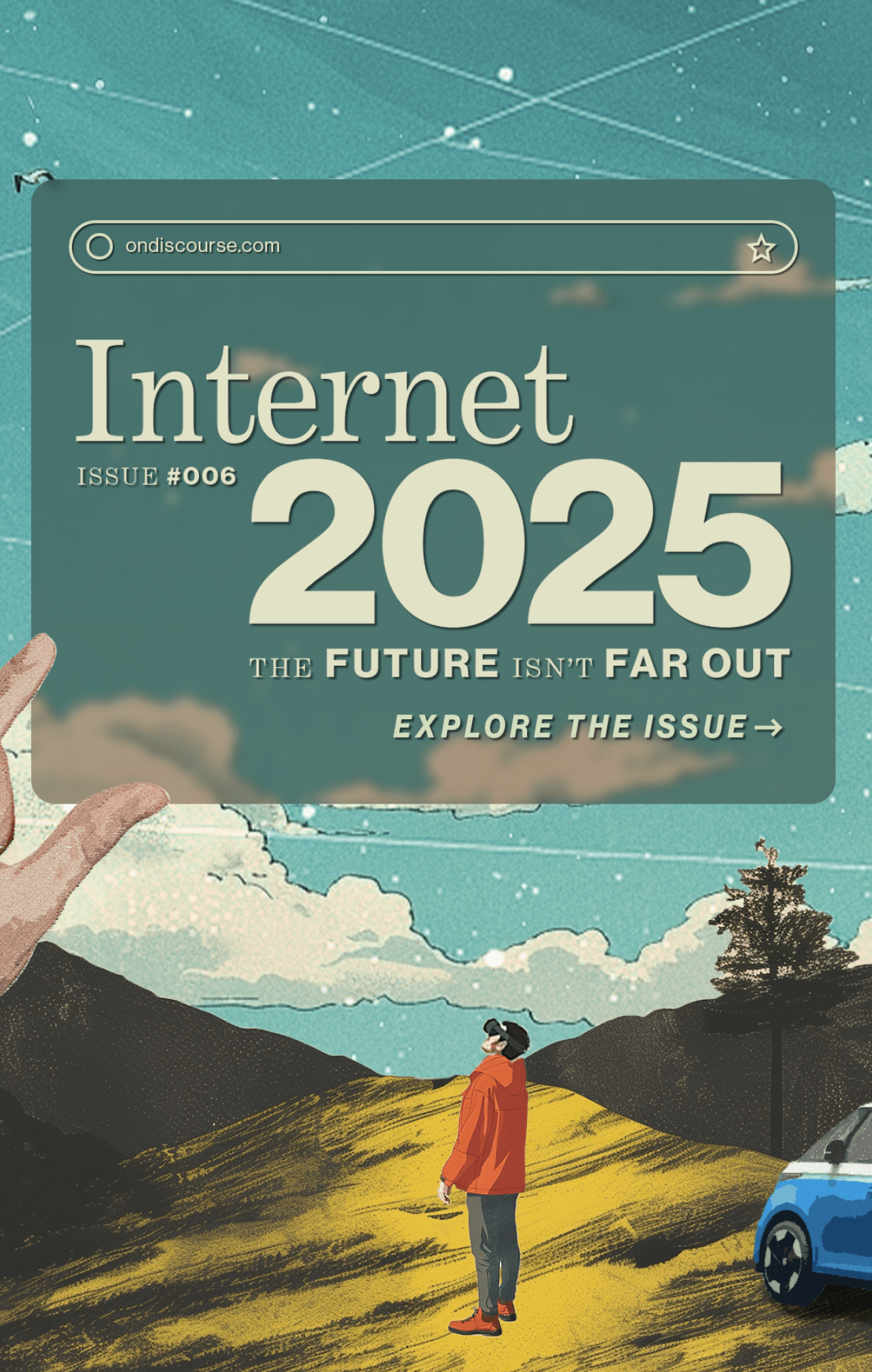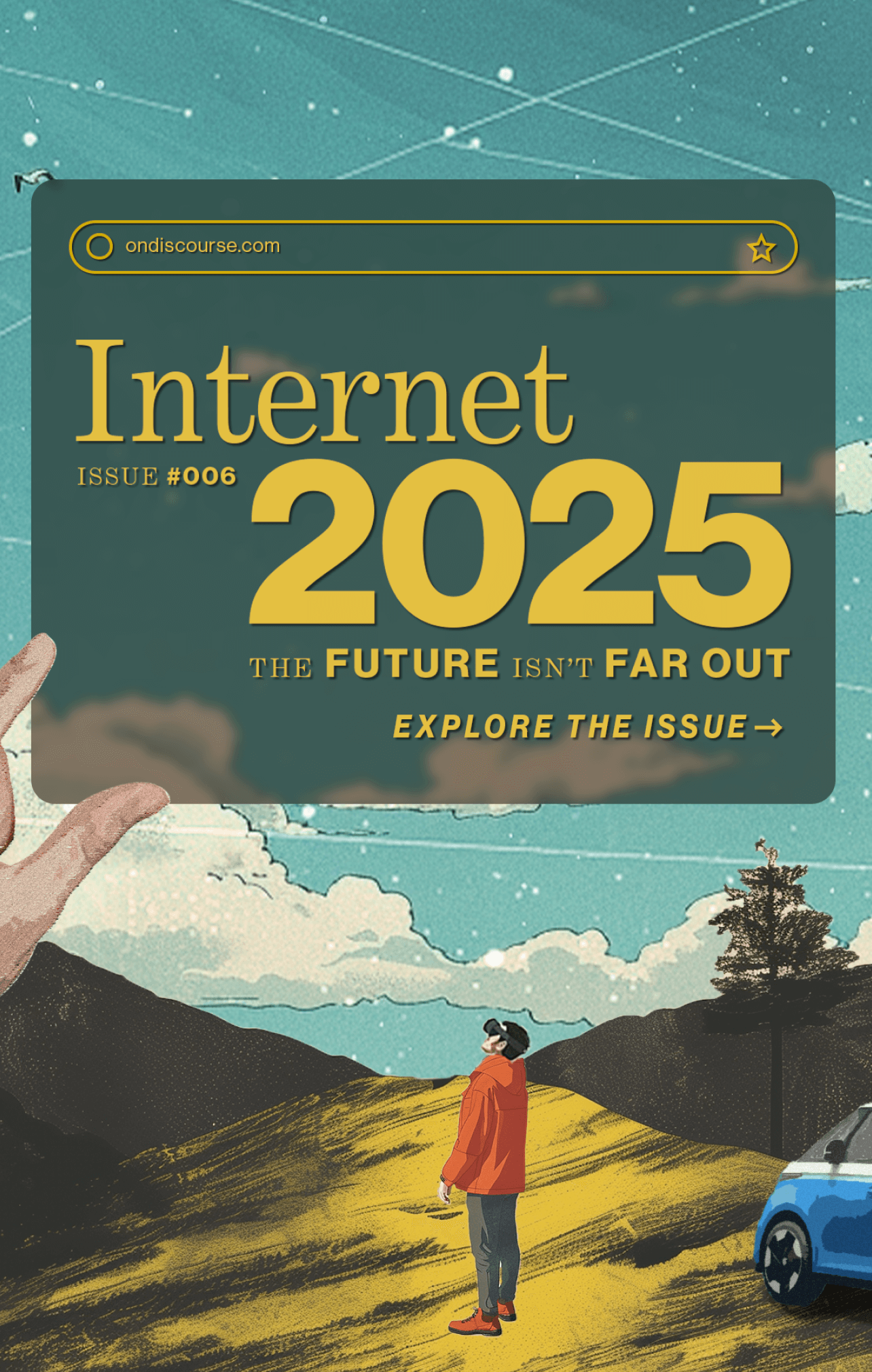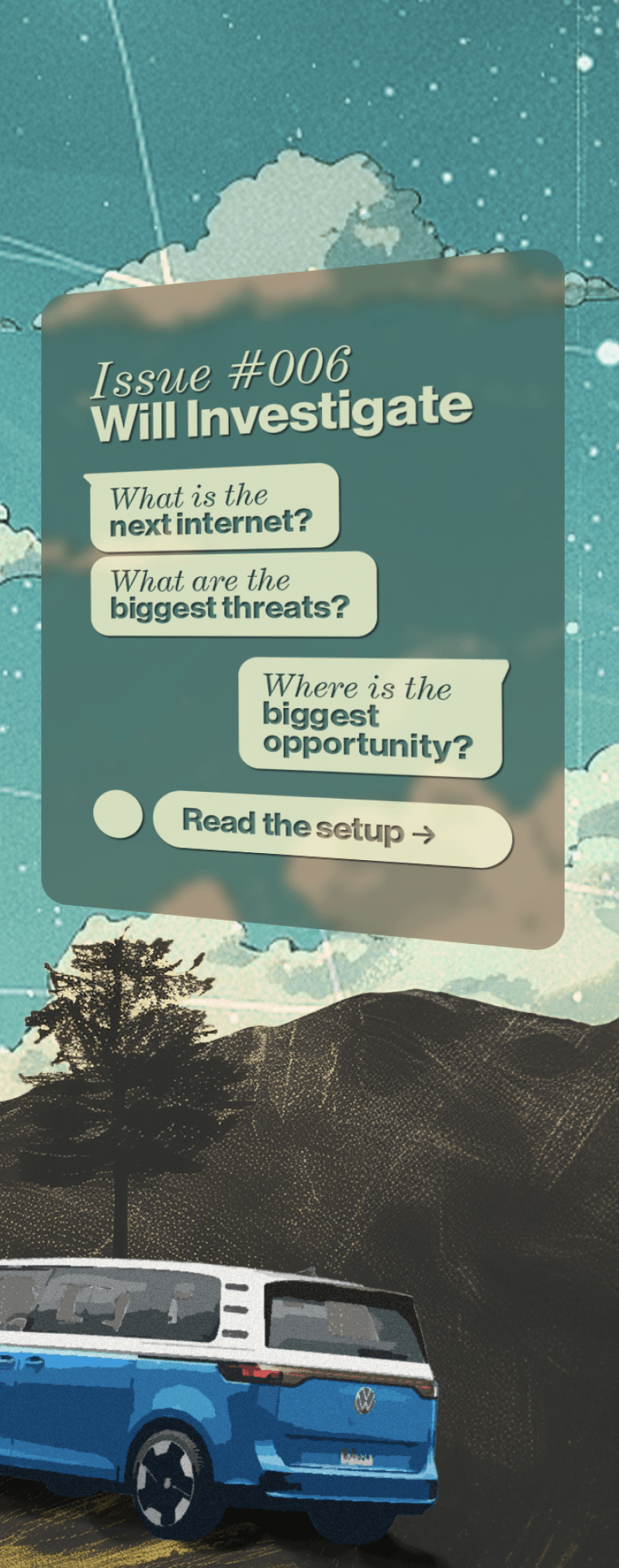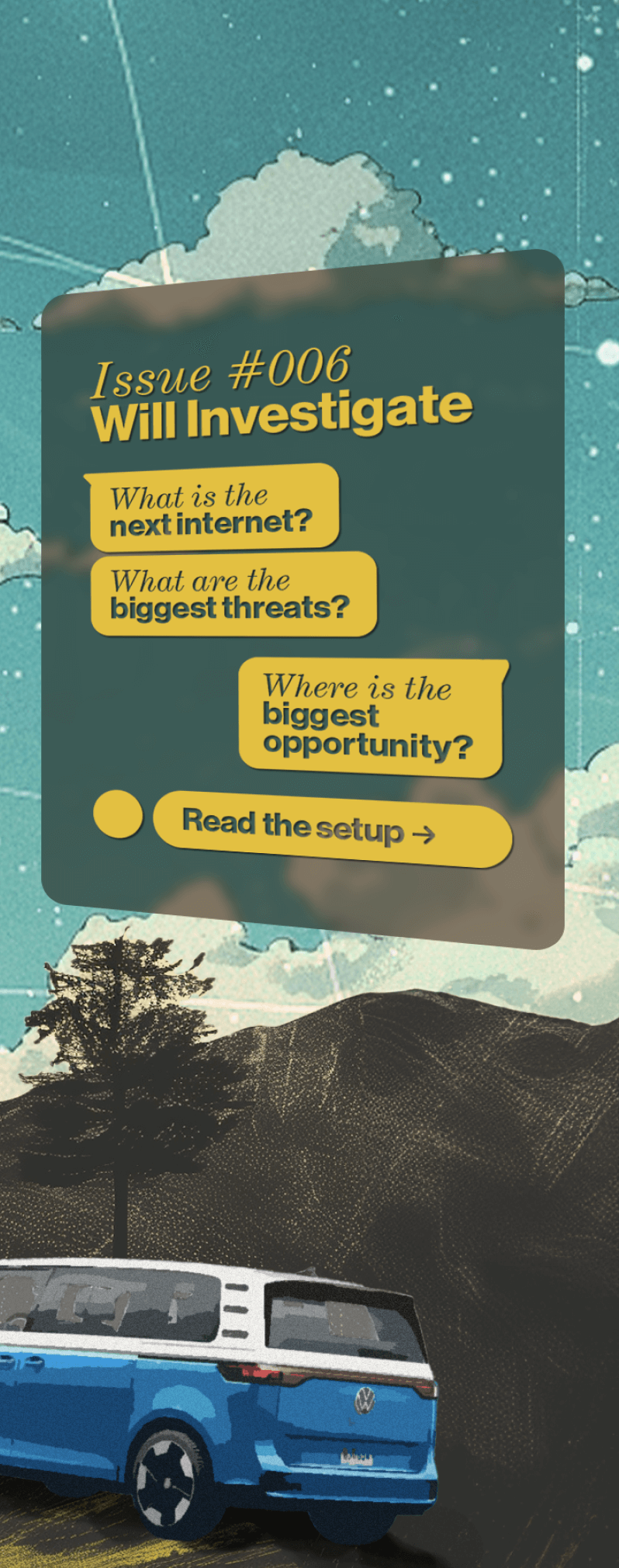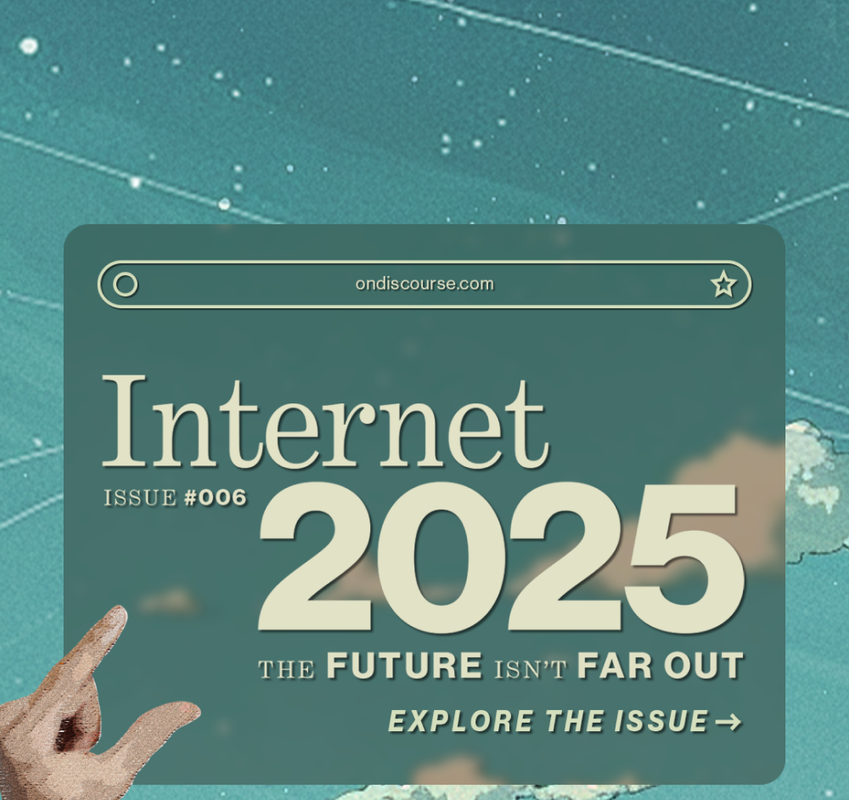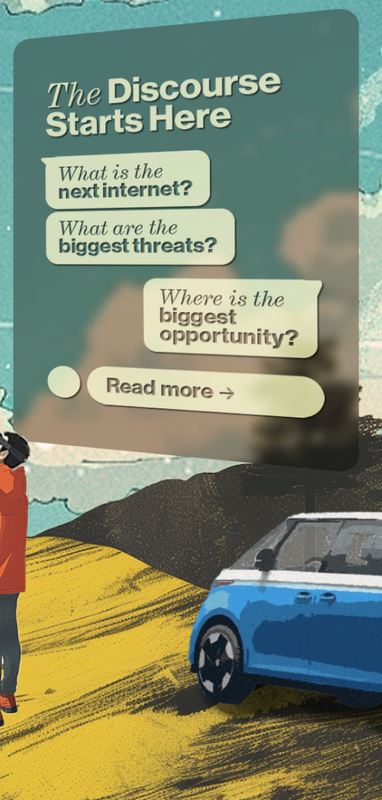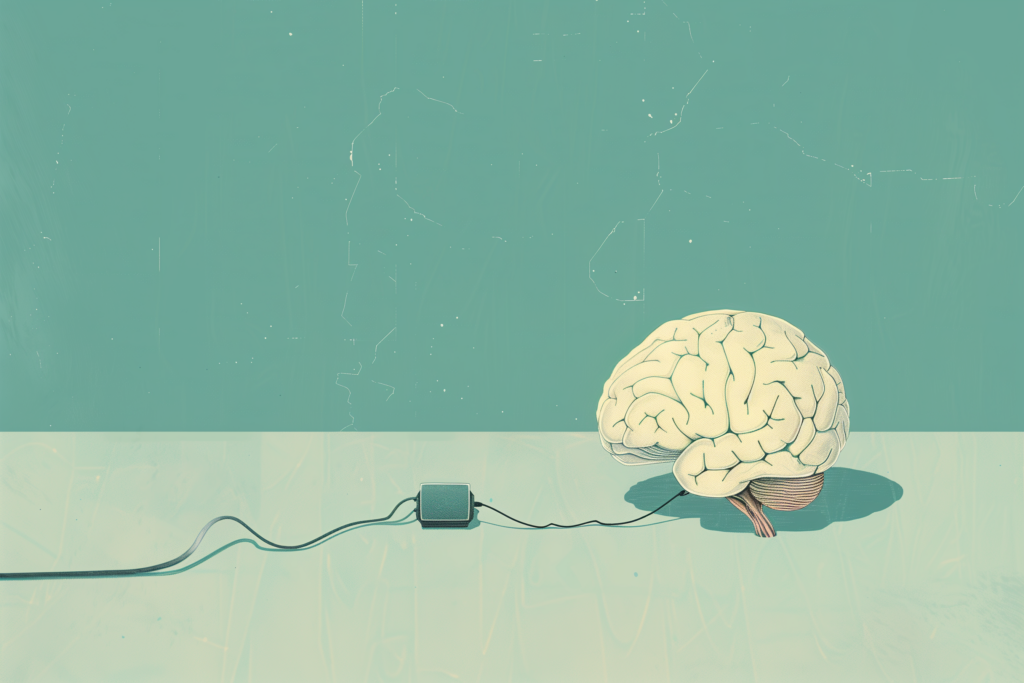The Future is a Simulation

Part 1
An
Ancient
Strategy
Editor’s note: This is our first epic provocation, we mean that literally and on multiple levels. On one hand, the sheer length, depth, and breadth of this argument required serialization. On the other hand, the thinking that is represented here will quite literally take us to the very earliest days of human history. It is time to reflect on the role that AI-generated simulation is going to play in digital transformation.
An overlooked implication of the AI Spring is the democratization of simulation, which is set to change how businesses make decisions on a scale that’s still hard to appreciate. It will challenge and potentially displace methods and schools of thought like Design Thinking, Agile, and Lean, which have come to dominate innovation processes over the past two decades.
A simulation is a representation of a system that could exist in the real world.
SAFE TO FAIL
The Future is a Simulation
PART 1
An Ancient Strategy
PART 2
The AI Spring
PART 3
Virtual Prototyping
PART 4
Focus Areas and Tools
PART 5
How to Get Started
Semantically speaking, simulation is a process, not an object. We build a model or simulator; we run a simulation. Physical simulation has been used since antiquity to represent complex systems, predict outcomes, and enhance decision-making. For millennia, simulation has been used when the stakes were too high or the possible outcomes too diverse to rely solely on direct observation or trial and error. Indeed, it’s fair to say that many of humanity’s most significant discoveries and innovations have been enabled by simulation.
To understand the transformative potential of simulation on business practices and innovation strategies, it is helpful to consider how it evolved and what is driving its expanding relevance.
Many of humanity’s most significant discoveries and innovations have been enabled by simulation.
Ancient simulators included symbolic, visual, physical, and mechanical systems to represent astronomical systems and predict celestial events. Early examples include the sophisticated calendric systems developed in Mesoamerica around the 1st millennium BCE, which codified astronomical observations to model and inform planting and harvesting cycles, and ceremonial timings. The Antikythera mechanism (c. 100 BCE) was an early example of an orrery — a working, mechanical model of the solar system. Comprised of 69 bronze gears housed in a 13-inch wooden box with a crank handle, it could accurately predict the position of the sun, moon, and the planets known at the time. It is generally acknowledged to have been the world’s first analog computer.
The construction of the Roman aqueducts (c. 312 BCE) applied simulation to hydraulic engineering, combining scale modeling and prototyping with empirical and iterative methods. From 150 CE onwards, the development of medieval globes and maps, including Al-Zarqali's astrolabe and Al-Idrisi’s world map (1154), expanded simulation’s role in geography by enhancing the precision of cartographic details, enabling long-distance exploration and territorial administration.
The Renaissance marked a period of significant refinement in simulation tools, with the creation of mechanical models such as Tycho Brahe's armillary sphere (c. 1580) and Galileo's inclined plane experiments (c. 1603). These tools enabled more accurate simulations of physical phenomena, crucial for validating the laws of celestial and terrestrial mechanics. Leonardo da Vinci’s use of detailed models for architectural and mechanical designs bridged the gap between theoretical science and practical application, enhancing the design process with a higher fidelity of conceptualization and testing.
During the 17th to 19th centuries, the introduction of war games, notably the Prussian Kriegsspiel, illustrated how simulation could be strategically applied to military training and planning, offering a “safe-to-fail” environment to test battle strategies and tactics. Additionally, the planning of major infrastructure projects like the Erie Canal and exploratory missions like the Lewis and Clark Expedition showcased simulation’s relevance in logistical and operational planning on large scales. Another significant advancement during this period was Kelvin's tide-predicting machine, developed in the late 19th century. This mechanical computer had profound implications for naval planning and the safety of maritime operations, further demonstrating the practical applications of simulation in both military and civilian contexts.
Indeed, it’s fair to say that many of humanity’s most significant discoveries and innovations have been enabled by simulation.
As the field of simulation evolved into the mid-20th century, the transition from mechanical and analog systems to digital computing opened new dimensions in simulation capabilities. A notable example from this era was the Link Trainer, an early flight simulator used for pilot training during and after World War II, which represents the progression from purely mechanical simulators to more integrated systems involving electrical components. The Electronic Numerical Integrator and Compute (ENIAC), developed in 1945, was the first electronic general-purpose computer. It was designed to calculate artillery firing tables for the United States Army's Ballistic Research Laboratory. Its ability to be reprogrammed to solve a full range of computing problems made it a pivotal development in the evolution of digital computers. This marked the start of a new era in which computers could handle increasingly complex simulations, fundamentally transforming numerous fields by providing a powerful tool for analysis and forecasting.
One of the earliest examples of computer-assisted simulation in a business context was the General Purpose Simulation System (GPSS).
In the post-war period, the emergence of digital computers enabled the simulation of complex, multivariate systems, enhancing decision-making across scientific, engineering, and economic disciplines. One of the earliest examples of computer-assisted simulation in a business context was the General Purpose Simulation System (GPSS), developed by Geoffrey Gordon at IBM in 1961. Designed as a discrete event simulator for teleprocessing networks, GPSS quickly became foundational in various business applications like manufacturing process optimization and logistics management.
As GPSS and similar systems proved their utility, simulation expanded into broader business and industry areas. It allowed businesses to visualize and manipulate complex systems, extending beyond initial telecom and logistical applications to include processes like manufacturing and telecommunications networks. Through simulating different scenarios, businesses could optimize processes, manage resources, and improve efficiency.
As it had been for millennia, simulation was deployed in service of challenges that were both complex and high-stakes. However, the primary focus during this period was on enhancing operational efficiency rather than driving innovation, which remained a narrow application.
SAFE TO FAIL
The Future is a Simulation



